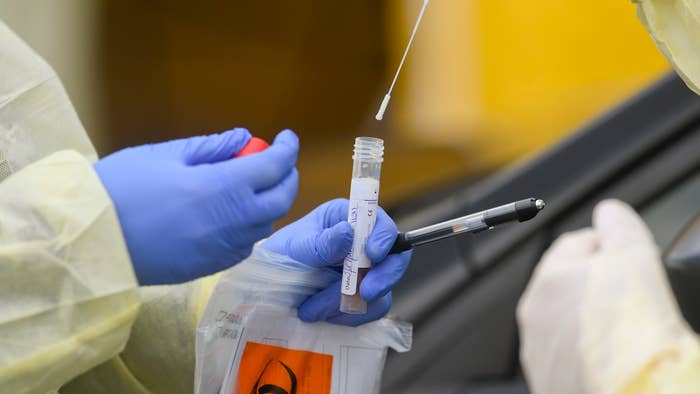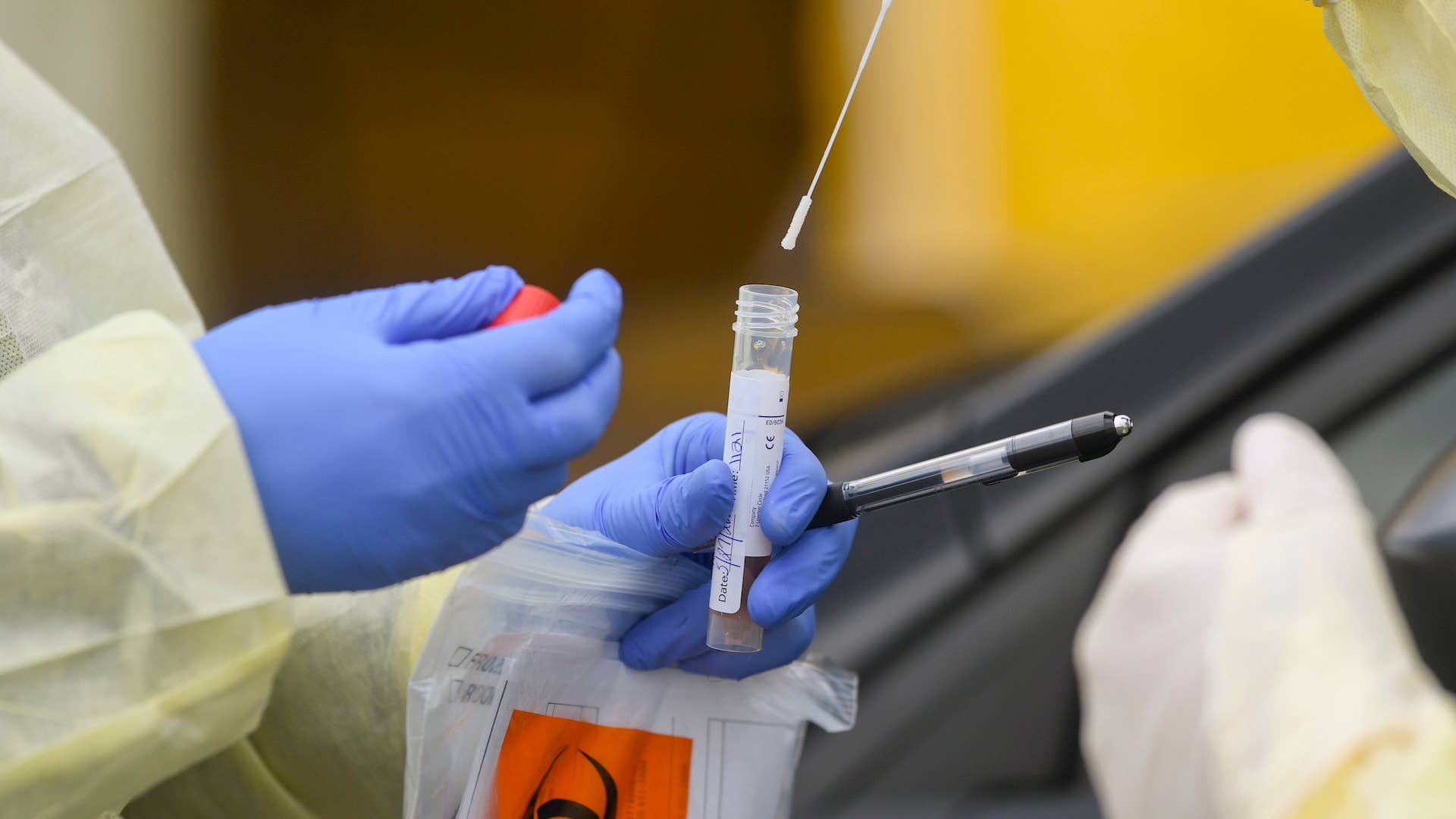
UPDATED 6/9, 10:30 p.m. ET: The WHO appeared to walk back its statement on Tuesday, with Dr. Maria Van Kerkhove, head of WHO’s emerging diseases and zoonosis unit, calling the transmission of the disease from asymptomatic people a “really complex question,” CNBC reports.
“We don’t actually have that answer yet," she said via live Q&A streamed across multiple social media platforms. "There are some estimates that suggest that anywhere between 6% of the population and 41% of the population may be infected but not have symptoms within a point estimate of around 16%."
See original story below.
Researchers are still finding out new information about COVID-19.
Now, the World Health Organization has said that coronavirus patients who don’t exhibit symptoms aren’t causing the virus’ spread, NBC News reports. Prior to this, experts were sure the disease would be hard to control because of lingering asymptomatic infections.
Young and healthy individuals who are exposed to the virus may not show symptoms or only show mild symptoms, while others don’t become ill for days until after they’re infected.
Initial findings suggested that the spread of COVID-19 could escalate from person-to-person contact, regardless of whether someone was asymptomatic. WHO officials now claim that while it’s possible for asymptomatic spread to happen, it’s not the predominant way the virus is being transmitted.
“From the data we have, it still seems to be rare that an asymptomatic person actually transmits onward to a secondary individual,” Dr. Maria Van Kerkhove, head of WHO’s emerging diseases and zoonosis unit, said at a press conference at the UN’s Geneva headquarters.
Van Kerkhove said government officials should aim efforts at finding and quarantining infected people showing symptoms, and then finding anyone who’s come into contact with them. She added that more research must be done to “truly answer” whether or not asymptomatic carriers can transmit coronavirus.
“We have a number of reports from countries who are doing very detailed contact tracing,” she said. “They’re following asymptomatic cases. They’re following contacts. And they’re not finding secondary transmission onward. It’s very rare.”
Ruling out asymptomatic spread will have an astounding impact on coronavirus policy. In early April, a report from the CDC said that the significance of social distancing was because of the “potential for presymptomatic transmission.”
“These findings also suggest that to control the pandemic, it might not be enough for only persons with symptoms to limit their contact with others because persons without symptoms might transmit infection,” the CDC study said.
Van Kerkhove said that while it’s rare, asymptomatic to presymptomatic transmission still seems to be happening. However, this evidence will have ramifications on how the virus is screened and how its spread is contained.
“What we really want to be focused on is following the symptomatic cases,” Van Kerkhove said. “If we actually followed all of the symptomatic cases, isolated those cases, followed the contacts and quarantined those contacts, we would drastically reduce [the outbreak]."

